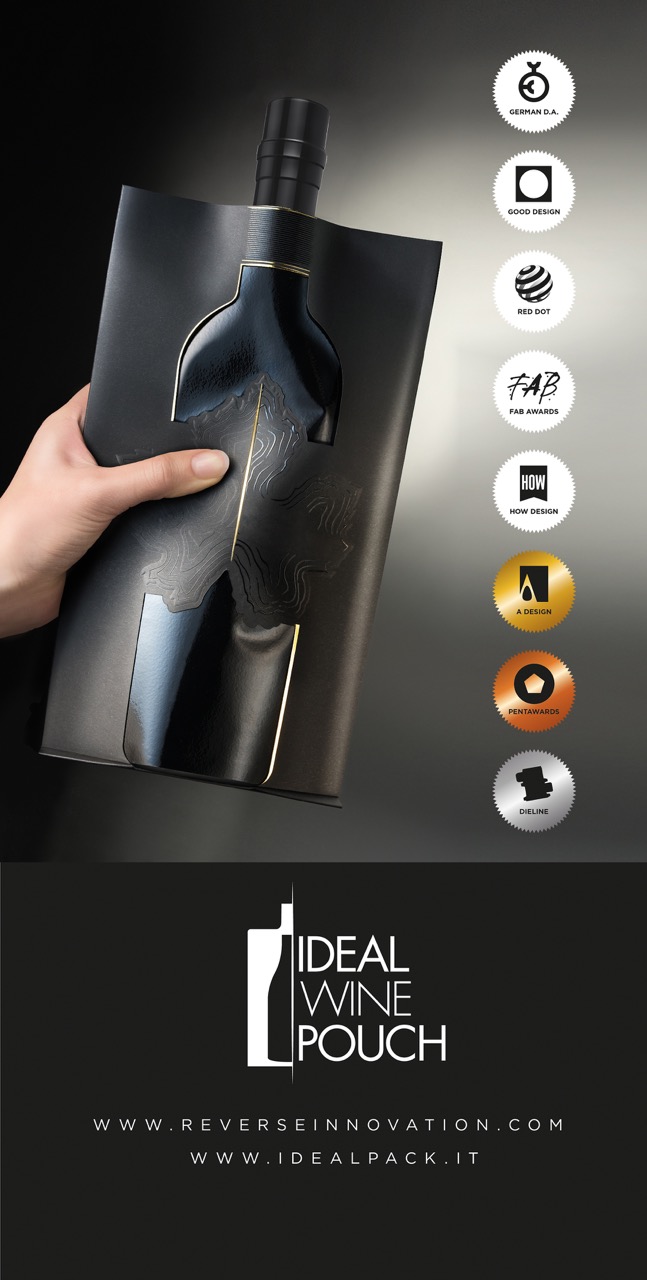
One year ago IDEALPACK has decided to invest in a new "innovative flexible packaging format", that We have branded as IDEAL WINE POUCH.
After one year of intense activities and investments , in collaboration of my partner REVERSE INNOVATION , we are happy to say that a " Dream come true" and we are happy and proud to present it for the first time in the market at the next VINITALY 2018 ( Verona, 15-18 April 2018) !
Don't miss it.
Remember that :
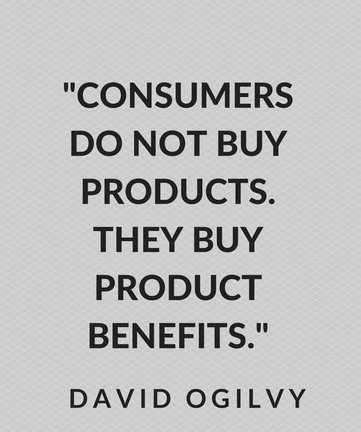
[ add comment ] ( 54 views ) | permalink |




 ( 2.9 / 932 )
( 2.9 / 932 )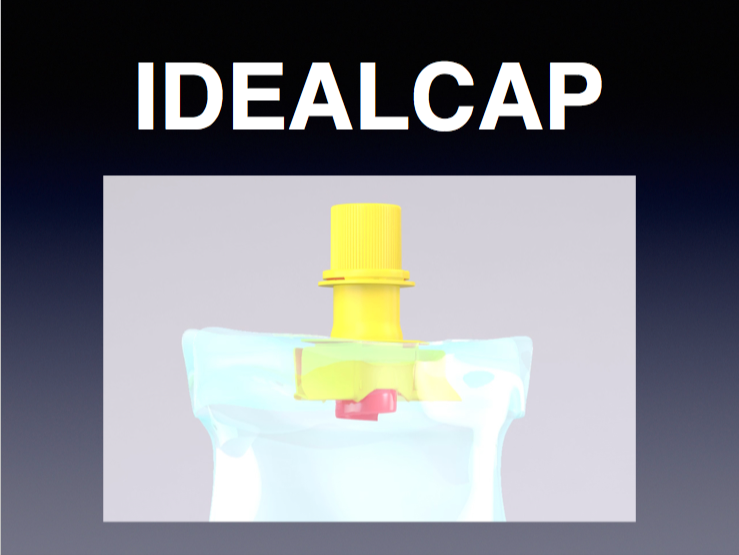
Idealpack general manager Giulio Ghisolfi announced a breakthrough in flexible packaging in the 2017 National Technical Forums at Auspack.
Idealpack has introduced a packaging solution which it claims will improve the application of reclosable spouts on aseptically filled stand-up pouches (SUPs).
According to GM Giulio Ghisolfi, the Aseptic Spouted Pouch (ASP), which launched for the first time in Australia at Auspack, is based on the idea of creating a new double-gusset pouch with an external piercing spout (IDEALCAP).
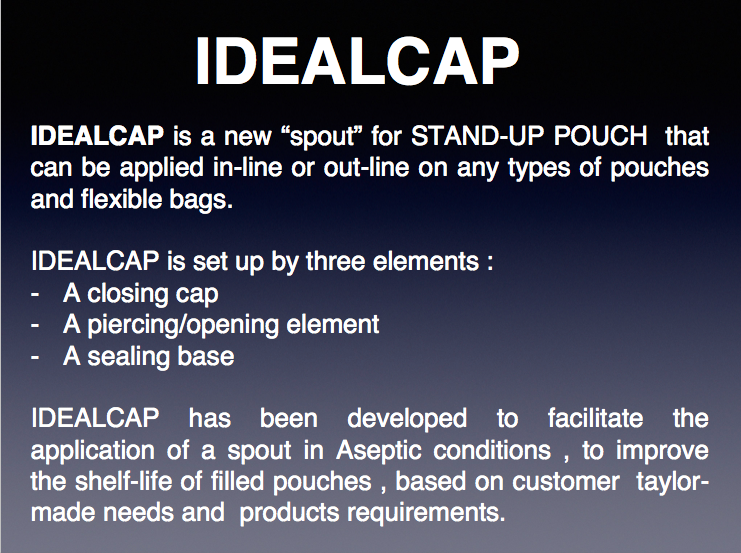
Ghisolfi says this application offers quality standards, efficiency, and an increase in shelf life.
“The filling line using this IDEALCAP spout, offers high productivity at over 250 pieces a minute, and the lowest possible head space in the pouch," he says.
The ASP solution suits food products in the baby and children’s market, housing such things as organic fruit and vegetables.
It also can be used to pack coconut water “with particulates”, as well as ready-made meals and condiments.
The solution is licensed to The Australian Pouch Company, otherwise known as Auspouch, for Oceania markets.
According to the company, the technology prevents sealing spout problems, which may occur during the filling stage on existing HFFS machines which are difficult to keep perfectly decontaminated.
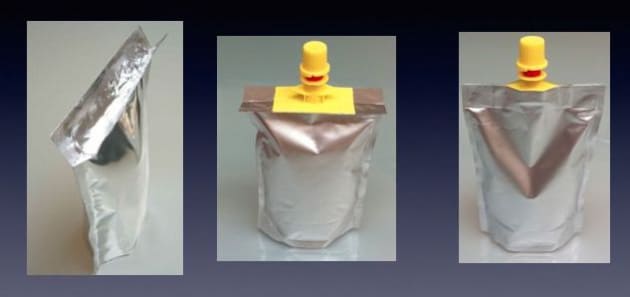
“The solution is light, versatile, and flexible, and adaptable to different processes,” Ghisolfi says.
The aseptic pouch avoids the need for preservatives , eliminate Oxidation inside the closed pack and ensures a sterilised package.
Edit By Alison Leader - Packagingnews
[ add comment ] ( 99 views ) | permalink |




 ( 3 / 2074 )
( 3 / 2074 )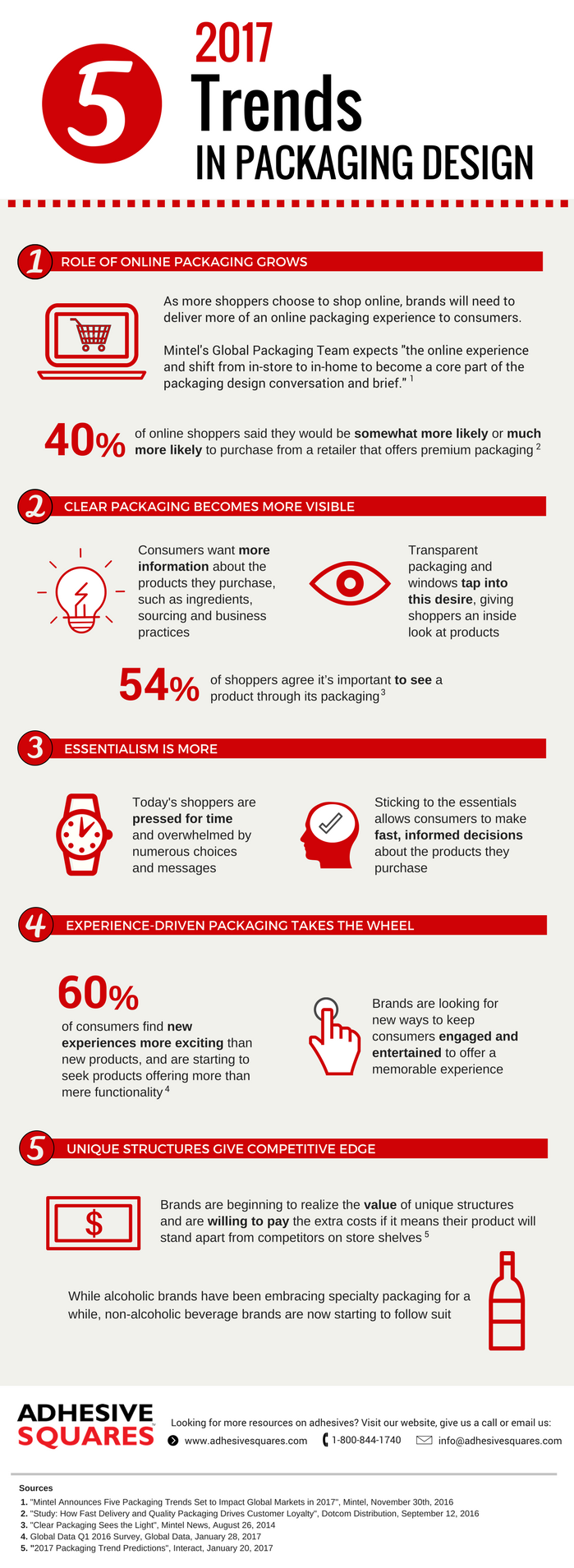
[ add comment ] ( 65 views ) | permalink |




 ( 3 / 163 )
( 3 / 163 )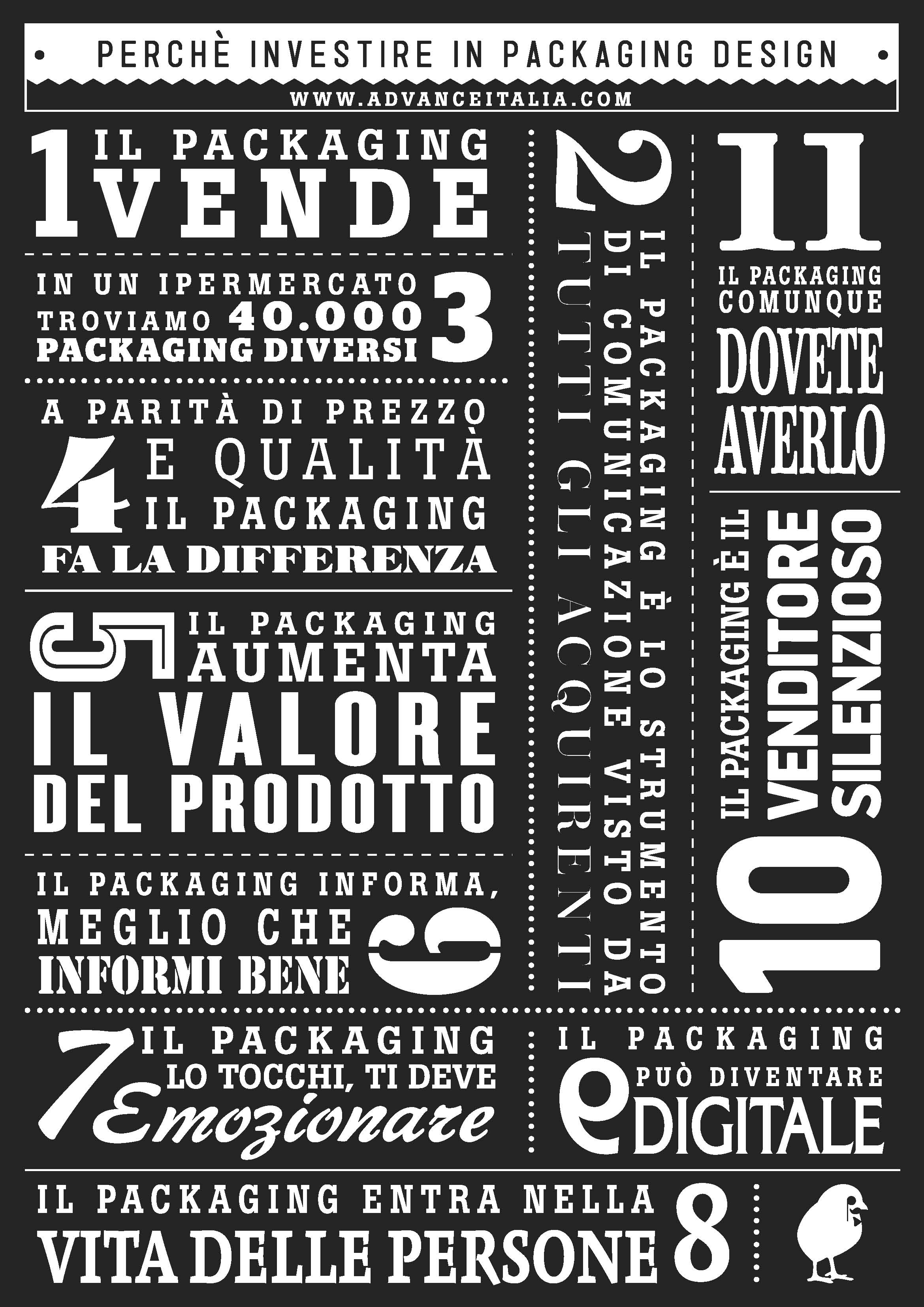
[ add comment ] ( 60 views ) | permalink |




 ( 2.9 / 1964 )
( 2.9 / 1964 )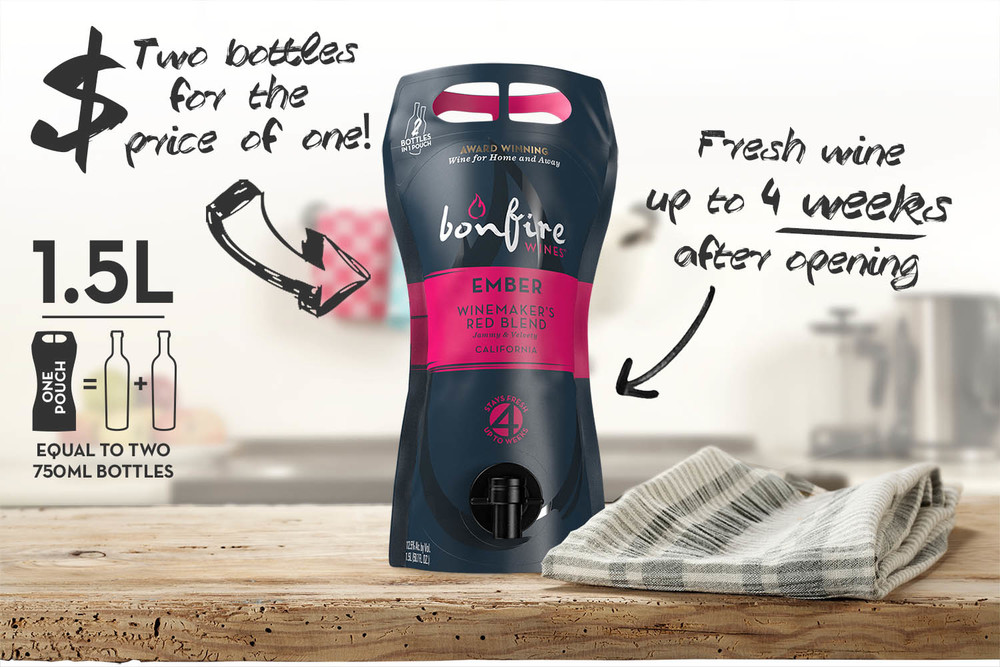
This week I ran a workshop at a large well-known company applying the three layer product model (3LPM). The 3LPM is a conceptual approach to categorizing the functionality in your product, platform or portfolio. As the name suggests, the functionality in the system is put into three boxes, i.e. commodity, differentiating or innovative. The model is shown in the figure below.
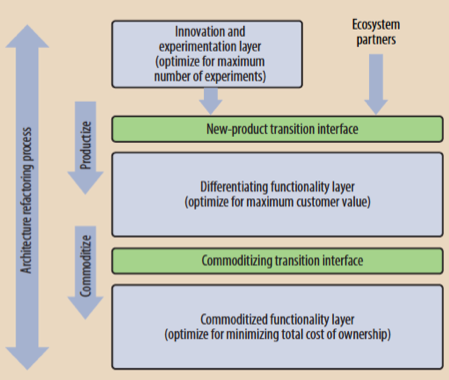
Commodity functionality refers to functionality that competitors offer as well. Consequently, this functionality needs to work, but doesn’t help the company distinguish itself from its competitors and through that drive sales.
Differentiating functionality concerns proven features that your company provides and the competition does not or that you provide in a significantly better way than others. As customers care about it, it helps you drive sales and consequently it matters.
Finally, Innovative functionality is concerned with unproven features that may provide future differentiation, but it’s unvalidated.
The process is, of course, that functionality starts of as innovative and when it proves successful, it is productized and becomes part of the differentiating functionality layer.
Once the competition catches up, the functionality becomes commodity.
As shown in the figure below, our research shows that 80-90% of all R&D effort is allocated to commodity functionality. This means that out of every 10 people in R&D, 8 or 9 work on functionality that no customer cares about. It just has to work and, if it does, nobody cares.
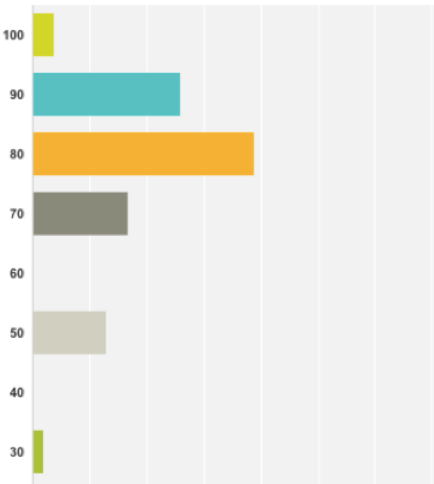
The question of course is how a company stays competitive when the vast majority of its R&D staff works on things no customer cares about.
The answer is quite blunt: you don’t stay competitive this way.
You have to work very hard on freeing up resources in the commodity functionality using a variety of strategies, ranging from replacing proprietary functionality with open-source or commercial components to outsourcing commodity functionality to suppliers in low-wage countries.
If we had only seen one or two companies in this situation, it would have been an exception. However, I have now asked well over 50 companies for their self-assessed estimation of R&D effort into commodity and the answer averages around the 80-90%. Just reflect on this for a moment: 9 out of 10 people in your R&D organization work on things no customer gives a flying hoot about!
So, what to do about this? Well, going back to the company that I visited this week, the first step is to assess where you are. This means systematically decomposing your system into smaller and smaller elements until each can be uniquely classified as commodity, differentiating or innovative.
Next is to assess inter-mingling and the dependencies between these elements and finally, it is estimating the resources allocated to each element on an ongoing basis.
This provides a current state assessment.
The next is to develop a vision of a desired state.
This is not a situation where there are no R&D resources spent on commodity – some will always be required – but rather a resource allocation state that is aligned with the business strategy and materially better than the current state. Finally, we need a transition plan that focuses on moving to the desired state such that the earliest actions bring the largest benefits.
Concluding, organizations routinely spend 80-90% of their R&D resources on commodity functionality. Although many view this as a necessary evil and assume that there is nothing that can be done to address this, there are many strategies that companies can employ to free up resources in commodity so that these can be applied to differentiation and innovation. Similar to many situations that leaders in R&D experience, don’t accept the status quo as the best or only way to do things. Challenge, develop alternatives, experiment and improve!
Author : Jan Bosch
Director Software Center, Professor of Software Engineering, Chalmers University
[ add comment ] ( 54 views ) | permalink |




 ( 3 / 659 )
( 3 / 659 )

 Calendar
Calendar